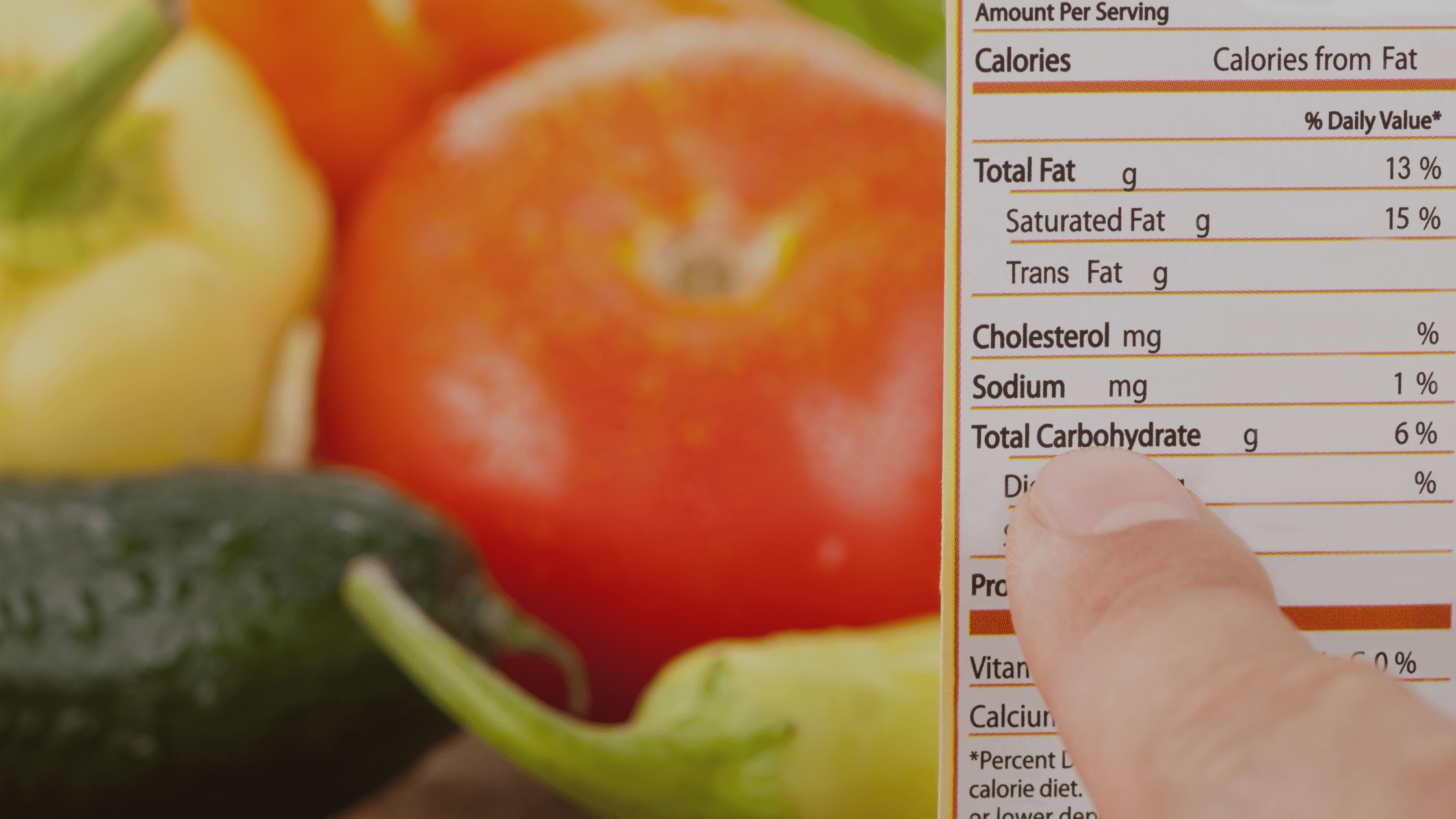
A Comprehensive Guide to Reading Nutrition Labels
In our quest to help our patients eat healthier and live longer cancer-free lives, we believe that understanding how to read nutrition labels and identify potentially harmful chemicals and preservatives is an invaluable skill. Armed with this knowledge, you can make informed food choices that contribute to your well-being. In this guide, we’ll take you step by step through the process, supported by scientific research:
Start with the Ingredient List:
When you pick up a product, the first place to turn your attention is the ingredient list on the nutrition label. This list is a goldmine of information about what’s inside. Ingredients are typically listed in descending order by weight. This means that the first ingredient is the most abundant, while the last is the least.
Avoid These Red Flags:
- Artificial Colors (e.g., Red 40, Yellow 5): These synthetic color additives are commonly found in processed foods. Beware, as they can trigger allergic reactions and hyperactivity in some individuals.
- Research Support: A study published in the journal ‘Pediatrics’ found a link between artificial food colorings and increased hyperactivity in children. [Link to Study]
- Artificial Flavors: Keep an eye out for vague terms like “artificial flavors” or “natural flavors.” These often conceal various chemicals that may not be disclosed.
- Research Support: A study in ‘Environmental Health Perspectives’ discusses the use of undisclosed flavoring chemicals in processed foods and their potential health implications. [Link to Study]
- Artificial Sweeteners (e.g., Aspartame, Sucralose): These sugar substitutes may come with controversial health effects, including links to weight gain and metabolic issues.
- Research Support: Research published in ‘The American Journal of Clinical Nutrition’ suggests that artificial sweeteners may lead to increased cravings for sweet and high-calorie foods. [Link to Study]
- High-Fructose Corn Syrup (HFCS): HFCS is a highly processed sweetener linked to obesity and other health concerns. Consider alternatives whenever possible.
- Research Support: A study in the journal ‘JAMA’ found a significant association between high HFCS consumption and increased rates of obesity. [Link to Study]
- Trans Fats (Partially Hydrogenated Oils): Trans fats are notorious for their association with heart disease. It’s crucial to avoid them completely.
- Research Support: Numerous studies, including one published in the ‘New England Journal of Medicine,’ have linked trans fat consumption to an increased risk of coronary heart disease. [Link to Study]
- Preservatives (e.g., BHA, BHT, Sodium Benzoate): These chemicals are added to extend shelf life but can have adverse health effects. Be cautious of their presence.
- Research Support: A review in the ‘Journal of Food Science and Technology’ highlights potential health concerns associated with the consumption of synthetic food preservatives. [Link to Review]
- MSG (Monosodium Glutamate): Used as a flavor enhancer, MSG can lead to allergic reactions in some individuals. Check for it in savory products.
- Research Support: Research published in ‘Food and Chemical Toxicology’ explores the safety of MSG and its potential to cause allergic reactions in sensitive individuals. [Link to Study]
- Sodium Nitrate/Nitrite: These preservatives are commonly found in processed meats and have been linked to cancer. Minimize consumption of foods containing them.
- Research Support: Studies like the one in ‘Cancer Science’ have shown a positive association between the intake of sodium nitrate/nitrite and the risk of certain cancers. [Link to Study]
- Sulfites: Found in dried fruits, wine, and processed foods, sulfites can trigger allergic reactions, especially in those with sensitivities.
- Research Support: A study in ‘The Journal of Allergy and Clinical Immunology’ discusses the prevalence of sulfite sensitivity and its potential health implications.
Check for Allergens:
Nutrition labels typically include allergen warnings for common allergens such as peanuts, tree nuts, soy, wheat, milk, eggs, and fish. If you have food allergies, exercise extra caution when you see these warnings.
Look at Nutrient Content:
Pay close attention to the amounts of sugar, sodium, saturated fats, and trans fats. High levels of these can have detrimental effects on your health.
Serving Size Matters:
Don’t overlook the serving size indicated on the label. It’s essential to ensure you’re comparing like portions, as the suggested serving size may differ from what you typically consume.
Utilize % Daily Values:
% Daily Values (%DV) provide insights into how much a nutrient in one serving contributes to your daily diet. Aim for lower %DV for unhealthy nutrients (e.g., saturated fat, sodium) and higher %DV for essential nutrients (e.g., fiber, vitamins).
Be Skeptical of “Health Halo” Terms:
Products often use terms like “natural,” “organic,” or “gluten-free” to appear healthier. While these labels can be informative, don’t rely solely on them. Always delve into the ingredients list for the full picture.
Learn Synonyms for Problematic Ingredients:
Some harmful ingredients go by different names. Familiarize yourself with alternative names for common additives to ensure you spot them when reading labels.
Research and Stay Informed:
To stay ahead, keep yourself updated on food additives, preservatives, and chemicals that are considered harmful. Websites, books, and health organizations are excellent sources of information.
By following these steps, you’ll gain the confidence to read nutrition labels effectively and make choices that align with your health goals. Remember, prioritizing whole, unprocessed foods is often the best strategy to minimize exposure to harmful additives and preservatives. Your journey to healthier eating starts with a label, backed by science.
